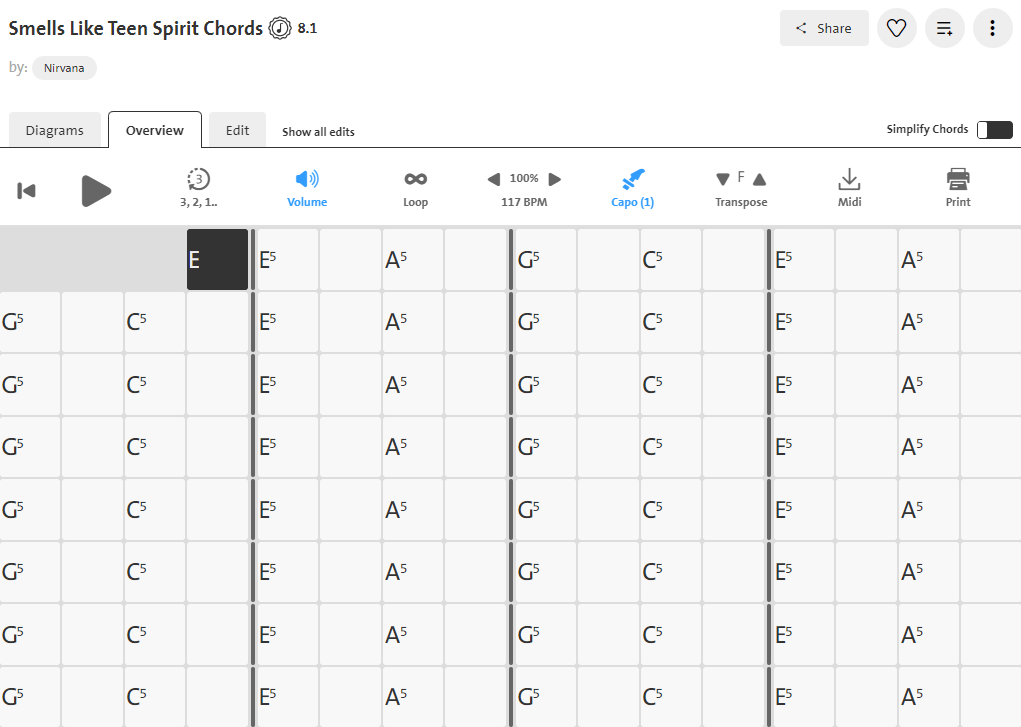Music Theory
Music Theory: The Secret Weapon You Didn’t Know You Needed
Have you ever wondered what makes a song tick? Why does a certain chord progression evoke joy, while another brings a sense of melancholy? Enter the magical world of music theory.
Now, I’ll admit, I used to be intimidated by the idea of music theory. Back in school, a classmate declared the class “super hard” and that was enough to scare me off. Big mistake. Here’s why:
Music theory isn’t some arcane code reserved for musical geniuses. It’s the language of music, a set of tools that unlocks a deeper understanding and appreciation for the sounds you love. It’s like learning the grammar of your favorite language. It doesn’t make you speak any less beautifully, but it gives you the power to express yourself with more intention and clarity.
It Is Fun!
Here’s the real kicker: music theory is actually FUN. It’s like solving a puzzle, figuring out how notes fit together to create the magic we call music. Understanding scales, chords, and key signatures empowers you to:
- Write better songs: No more aimlessly strumming chords and hoping for the best. Theory gives you the tools to intentionally craft melodies, harmonies, and progressions that evoke specific emotions and create a cohesive musical experience.
- Play with more freedom: Theory isn’t about restricting your creativity; it’s about giving you the freedom to explore different sounds and styles with confidence. You’ll be able to improvise, experiment, and break the “rules” in a way that makes musical sense.
- Appreciate music on a deeper level: When you understand the “why” behind the music you love, it becomes even more impactful. You’ll start noticing the intricate details in your favorite songs, the clever use of chords, and the way melodies weave their emotional spell.
So, the next time you hear someone say music theory is hard, just smile and know the truth: it’s a playground waiting to be explored. It’s a language that, once learned, opens doors to a world of musical possibilities. Trust me, you won’t regret taking the plunge.
Start with the basics, you’ll be surprised at how quickly the “aha” moments start rolling in. Then see you’ll see how much more fun and fulfilling your musical journey becomes.
Feel free to contact us if you are interested in learning more about music theory.




